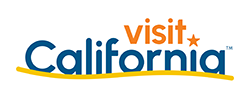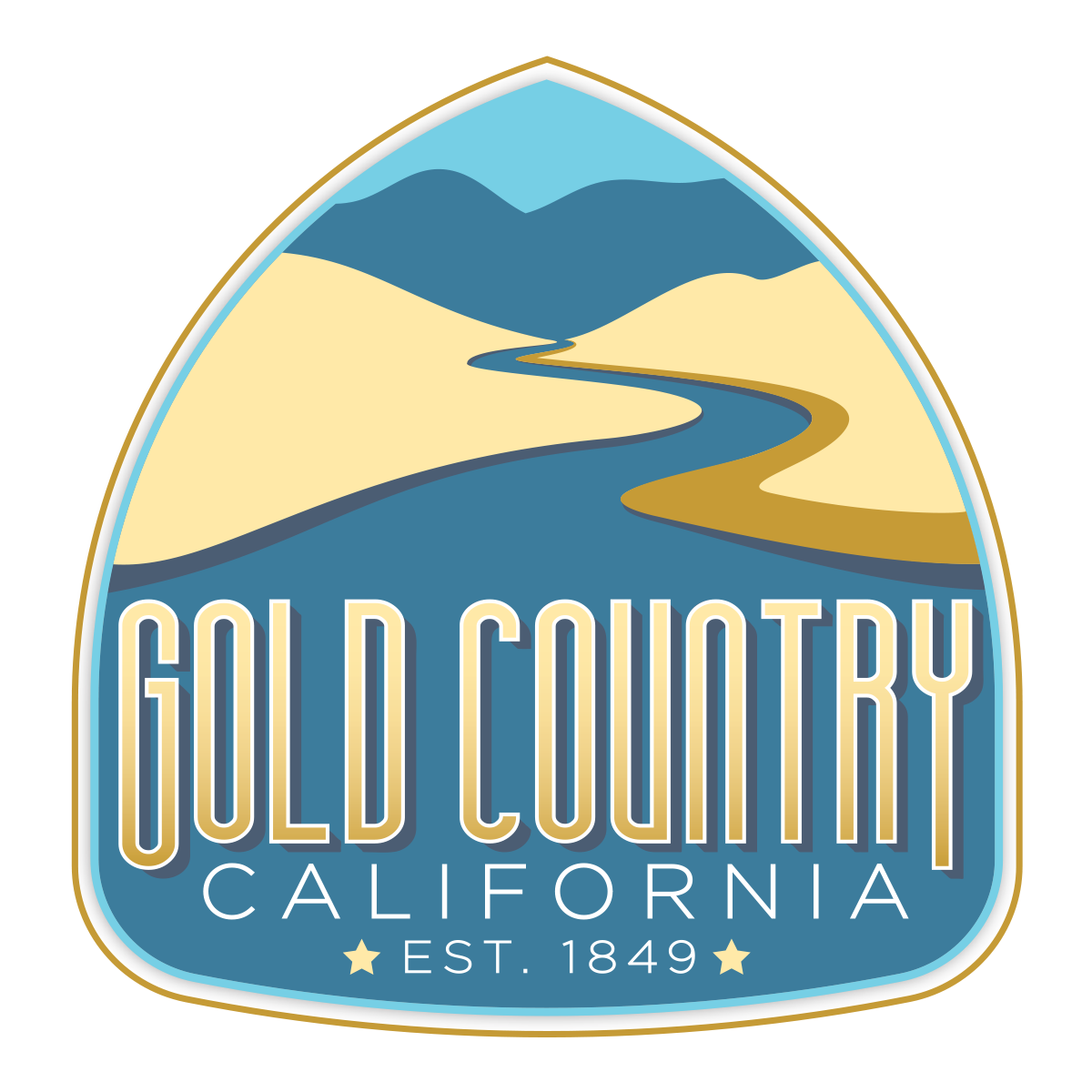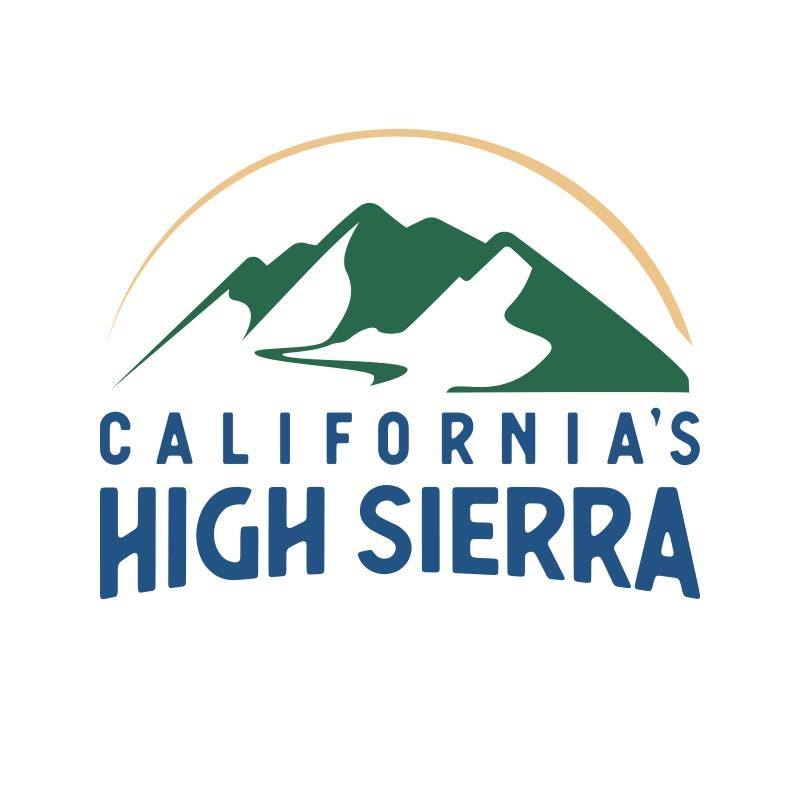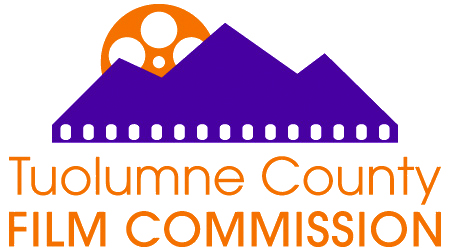Tuolumne County Facts
LOCATION
Tuolumne (To-All-O-Me rhymes with “follow me”) County, 133 miles east of San Francisco, is a pristine, scenic expanse reaching into the foothills of the Sierra Nevada Mountains. The main highways leading to this picturesque, two-to-three-hour drive from the Bay Area are Highways 108 and 120 from the west (the latter considered to be the most scenic and direct route to Yosemite National Park) and Highway 49 from the north.
DESCRIPTION
Although relatively small, 2235 square miles, Tuolumne County is a region of great contrasts. In the west, pasturelands are at a modest 300 feet in elevation, but to the east the mountain terrain stretches for the sky, up to 9628 feet at the Sonora Pass on Highway 108 and 9941 feet at Tioga Pass on Highway 120 in Yosemite National Park. The Stanislaus National Forest, Yosemite National Park, and other surrounding areas provide incredible natural vistas and settings for hiking, water skiing, horseback riding, rafting, camping, snowmobiling, boating, snow skiing, fishing and other outdoor activities. But that is not all -- manmade attractions abound, as well. Seven restored historic hotels, golf courses, numerous gourmet restaurants, wineries, train rides, casinos, seven museums, two state historic parks, two live theaters and many charming bed-and-breakfasts are among the many other attributes that make the county a true year round vacation destination.
HISTORY
Gold was discovered in Tuolumne County in 1848, and like many areas in California’s Gold Country, this brought thousands of prospectors, who founded such Gold Rush towns as Columbia, Jamestown (then called “Jimtown”) and Sonora, all of which still remain today. Sonora was named the county seat in 1850, when Tuolumne became one of the state’s original counties. With advances in mining equipment, a second Gold Rush occurred in the 1890s, but by then the riches of the county began to extend beyond all that glitters. In the vast Sierra Nevada forests to the east, timber became a significant commercial commodity and led to the establishment of such present-day towns as Twain Harte and the town of Tuolumne. Cattle ranches and apple orchards also evolved into viable entities contributing to the area’s economy. And now due to breath- taking natural views and a history traced to frontier days, tourism has become an important part of this growth. With its beautiful, varied scenery and colorful past, the diversity of Tuolumne County has provided settings for more than 300 movies, television shows and commercials filmed there since 1919.
PRINCIPAL TOWNS
Sonora
Named for Sonora, Mexico, the present-day county seat of Tuolumne County was settled by Mexican miners during the early gold rush days in 1848. After it was incorporated in 1851, it became a town of superlatives: biggest, richest, rowdiest, roughest and toughest. The big gold strikes eventually diminished, but by then, Sonora had evolved into an important commercial and transportation center. It is the only incorporated city in all of Tuolumne County. The historic past is evident in Sonora today in the form of the many preserved mid-1800s and turn of-the century Victorian residences and buildings. Present-day Sonora is still bustling with eclectic shops, excellent dining venues, wine tasting and a pervasive aura of hospitality.
Columbia
The Gold Rush might be over, but Columbia is now California’s best preserved town from the 1850s. It was established in 1945 by the state legislature as an historic park to freeze the frontier days in time. Step off wooden sidewalks into shops (and yesteryear) where iron implements, candy, candles and soap are made while you watch. (Even proprietors in this bygone era business district conduct business in period dress.) Here you also can pan for gold, ride a stagecoach, stay at period hotels, sip a sarsaparilla in one of two ol’ timey saloons, take in a live performance at the restored Fallon House Theatre. The past is so “present,” that, according to a park ranger, “When film crews come into town for a western shoot, they don’t have to do anything but put dirt on the streets.”
Twain Harte
Named after Mark Twain and Bret Harte, two writers who eloquently wrote of Mother Lode days in California, this resort village community prides itself in being the “Gateway to the High Sierra.” Situated under towering pines, visitors enjoy the beautiful scenery of higher elevations and many present-day recreational opportunities in the wilderness areas to the east. Bicyclists have found several Rails to Trails routes that the area is becoming known for.
Jamestown
The Gold Rush of 1848 began near here, and what was affectionately called “Jimtown” by local residents has proudly held onto its past. Gold prospecting is not only still practiced in the area, but also taught. Built in 1859, the National Hotel is one of Gold Country’s finest, continuously operated hotels, indulging guests with period accommodations and first-class cuisine. (Today the National Hotel will accept gold and gold dust as payment for rooms, meals and drinks. Daily gold prices and authentic weights are in the Saloon.) In addition, Railtown 1897 State Historic Park offers tours of one of only a few roundhouses left in the U.S. Ride on the Sierra Railroad steam locomotives at Railtown 1897 Historic Park that have been featured in productions such as “Unforgiven,” “High Noon,” “Back to the Future III” and “Petticoat Junction.”
Tuolumne
The town was founded in 1854 during California’s gold fever days, and appropriate for the times, it was originally named “Eureka.” The real boom came in the late 1800s however, when timbering was “king” and lumberjacks were everywhere, thanks to the Westside Lumber Company. Today, being situated just outside the Stanislaus National Forest, its riches take the form of outdoor activities that include camping, fishing, hiking, rafting, skiing and biking, as well as organized events such as the Tuolumne Lumber Jubilee each June. Cover’s Apple Ranch and the Black Oak Casino Resort offer even more variety for visitors. The Tuolumne City museum is a must-see for railroad and logging history buffs.
Groveland
Founded during the fast times of Tuolumne County’s first Gold Rush in the 1840s as “Garrotte” due to the many hangings there, Groveland has since settled into more sedate ways. At an elevation of 2800 feet and just 25 miles from Yosemite National Park, the town is located on scenic Highway 120, placing it on the most direct route to this famous icon. Nearby Pine Mountain Lake and Tuolumne River provide plenty of aquatic adventures ranging from fishing, rafting, swimming a and boating, but back on dry land, horseback riders, golfers, campers, mountain bikers and hikers will not be disappointed by the current treasures in the area. History is still very evident in the town in the form of the Groveland Hotel, which had its beginnings in1849, the Iron Door Saloon, built in 1896, and unique small shops in historic buildings. The Groveland Yosemite Gateway Museum also showcases memorabilia and collections from bygone years.
TRANSPORTATION:
The county seat of Sonora is within easy driving distance to five major airports:
Sacramento International (117 miles) Oakland International (120 miles) San Jose International (126 miles)
San Francisco International (133 miles) Fresno International (130 miles)
In addition, there are two non-commercial airports in the county:
Columbia Airport (longest runway: 4060 feet); 209-553-5685
Pine Mountain Lake Airport (longest runway: 3500 feet); 209-962-8966;
Rental cars are available locally from Enterprise and Hertz.
Tuolumne County Transit fills many local transportation needs. tuolumnecountytransit.com
Local transportation company, Mother Lode Adventures Charter and Tours, mlacharters.com offers visitors customized tours as well as transportation to and from major airports.
Yosemite Area Regional Transportation System (YARTS): Round-trip rides to Yosemite National Park from several Tuolumne County locations including 3 major hotels: The Hotel at Black Oak Casino Resort (Tuolumne City), Best West Plus Sonora Oaks (East Sonora) and Heritage Inn (Downtown Sonora). May-September yarts.com
TIME ZONE
Pacific Standard Time
WEATHER
The sun shines on Tuolumne County an average of 325 days a year. The rising elevation keeps it above the fog and smog usually associated with the Central Valley and Bay Area to the west. The annual mean temperature is 60°F, and annual mean rainfall is 32.85 inches. The area enjoys the accessibility and full beauty evident of four distinct seasons. In the spring, the lower altitudes and foothills turn a rich green, with many of the native grasses becoming golden during the hot, dry summer. In the fall, flaming colors l
SEASONS
Peak visitation takes place in May through September for those areas that do not get snow. Those areas that do get snow (these are on Highway 108 east) expect the months of December to mid-March as their high season. Off-season for all areas of the county occurs in March and April and again in October and November.
THINGS TO DO
The following is just a sampling of all there is to do in Tuolumne County. Please visit VisitTuolumne.com for more info and to order or view the most recent Tuolumne County Inspiration Travel Guide.
HISTORIC SITES & MUSEUMS
Columbia State Historic Park and Museum, Columbia: 209-532-0150; parks.ca.gov
Railtown 1897 State Historic Park, Jamestown; 209-984-3953; railtown1897.org
Tuolumne County Museum and History Center, Sonora: 209-532-1317; tchistory.org/museum.html
Tuolumne City Memorial Museum, Tuolumne City: 209-928-3516
Sonora Fire Department Museum, Sonora: 209-532-7432
Groveland Yosemite Gateway Museum, Groveland: 209-962-0300; grovelandmuseum.org
Veterans Memorial Hall and Military Museum, Sonora: 209-533-0923
9/11 & War on Terrorism Memorial, Tuolumne at Tuolumne Veteran's Memorial Hall
RECREATION AREAS
Yosemite National Park: 209-372-0200; nps.gov/yose
Emigrant Wilderness: 209-532-3671; fs.fed.us/r5/stanislaus/visitor/emigrant.shtml
Stanislaus National Forest: 209-532-3671; fs.fed.us/r5/stanislaus/
Don Pedro Lake; 209-852-2396; donpedrolake.com
New Melones Lake: 209-785-3300 newmeloneslake.com
Lake Tulloch: 209-881-0107
Tuolumne River: www.tuolumne-river.com, For rafting expeditions, tuolumneriveroutfitters.com
THEATRE
Sierra Repertory Theatre, Sonora: 209-532-3120; sierrarep.org
Sierra Repertory Theatre, Fallon House Theater, Columbia: 209-532-3120; sierrarep.org
GOLD PANNING AND MINES
Hidden Treasure Gold Mine Tours & Matelot Gulch Mine Supply Store, Columbia: 209-532-9693; columbiacalifornia.com/matelot.html
California Gold Panning, Jamestown: 209-213-9719; gold-panning-california.com
WINERIES & HARD CIDER DISTILLERY
Tuolumne County:
Gianelli Vineyards & Tasting Room, Jamestown: 209-588-9315; gianellivineyards.com
Inner Sanctum Cellars, Jamestown: 800-750-5919; innersanctumcellars.com
Arthur Michael Vineyards and Winery: 209-984-9041; arthurmichaelwines.com
Indigeny Reserve and Ciderworks, Sonora: 209-533-9463; indigenyreserve.com
Regional:
Twisted Oak Winery, Vallecito: 209-736-9080; twistedoak.com
MICRO BREWERIES
Around the Horn Brewing Co., Groveland, 209-436-9919; aroundthehornbeer.com
Bear Tent Brewing Co., Jamestown, 209-782-5022; beartent.com
Sonora Brewing Co., Sonora, 209-559-1319
SCENIC HIGHWAYS
Hwy 120, Tioga Pass (open seasonally)
Hwy 49, Golden Chain Highway (Gold Prospectors Trail)
Hwy 108 to Pinecrest and the Stanislaus National Forest
Sonora Pass to Hwy 395 (waterfalls abound! Open seasonally)
GOLF
Pine Mountain Lake (18 holes), Groveland; 209-962-8600; pinemountainlake.com Twain Harte Golf Club (9 holes), Twain Harte; 209-586-3131
Teleli Golf Club (18 holes), Sonora: 209-532-1000; teleligolfclub.com
WINTER SPORTS
Nordic skiing and Snowshoeing - Stanislaus National Forest, Pinecrest; fs.fed.us/r5/stanislaus/summit/nordic.shtml
Downhill and cross-country skiing - Dodge Ridge Mountain Resort, Pinecrest: 209-965-3474; dodgeridge.com
Sledding and tubing - Leland High Sierra SnowPlay, Strawberry: 209-965-4719; snowplay.com
Ice Skating at Long Barn Lodge Ice Rink: longbarn.com
CASINOS
Black Oak Casino Resort, Tuolumne: 209-928-9300; blackoakcasino.com
Chicken Ranch Casino Resort, 209-984-3000; chickenranchcasino.com
FARMS
Farms of Tuolumne County: 209-533-5695 farmsoftuolumnecounty.org
AREA OUTDOOR RECREATION
In addition to the already mentioned, there is even more to do all year. Commune with nature by boating, rafting, kayaking, biking, hiking, camping, biplane tours, snowmobiling, water skiing, swimming, horseback riding, backpacking and ice skating. Visit tuolumnecountytrails.com for great outdoor trail adventures!
LODGING, CAMPING AND RVing
Historic hotels, chain hotels, B&Bs, condos, inns, vacation rentals and cabins -Tuolumne County has them all, and in abundance. RVers will find excellent accommodations at several RV parks in the County. Tent campers can find that perfect place to pitch a tent among thousands of acres of forest land in designated camping sites. For more information go visittuolumne.com/places-to-stay.
DINING
The many dining experiences range from meals prepared by award-winning chefs that can be paired with wines from equally prestigious lists, to good ol’ western grub and black coffee. Restaurant information can be found in the Inspiration Travel Guide. For more information go to visittuolumne.com/places-to-eat.












